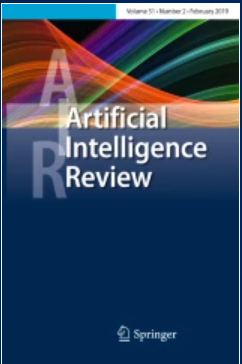Tornado optimizer with Coriolis force: a novel bio-inspired meta-heuristic algorithm for solving engineering problems
Abstract
This paper proposes a new meta-heuristic algorithm named tornado optimizer with Coriolis force (TOC) which is applied to solve global optimization and constrained engineering problems in continuous search spaces. The fundamental concepts and ideas beyond the proposed TOC Optimizer are inspired by nature based on the observation of the cycle process of tornadoes and how thunderstorms and windstorms evolve into tornadoes using Coriolis force. The Coriolis force is applied to windstorms that directly evolve to form tornadoes based on the developed optimization method. The proposed TOC algorithm mathematically models and implements the behavioral steps of tornado formation by windstorms and thunderstorms and then dissipation of tornadoes on the ground. These steps ultimately lead to feasible solutions when applied to solve optimization problems. These behavioral steps are mathematically represented along with the Coriolis force to allow for a proper balance between exploration and exploitation during the optimization process, as well as to allow search agents to explore and exploit every possible area of the search space. The performance of the proposed TOC optimizer was thoroughly examined on a simple benchmark set of 23 test functions, and a set of 29 well-known benchmark functions from the CEC-2017 test for a variety of dimensions. A comparative study of the computational and convergence analysis results was carried out to clarify the efficacy and stability levels of the proposed TOC optimizer compared to other well-known optimizers. The TOC optimizer outperformed other comparative algorithms using the mean ranks of Friedman’s test by 20.75%, 27.248%, and 25.85% on the 10-, 30-, and 50-dimensional CEC 2017 test set, respectively. The reliability and appropriateness of the TOC optimizer were examined by solving real-world problems including eight engineering design problems and one industrial process. The proposed optimizer divulged satisfactory performance over other competing optimizers regarding solution quality and global optimality as per statistical test methods.

 求助内容:
求助内容: 应助结果提醒方式:
应助结果提醒方式:


